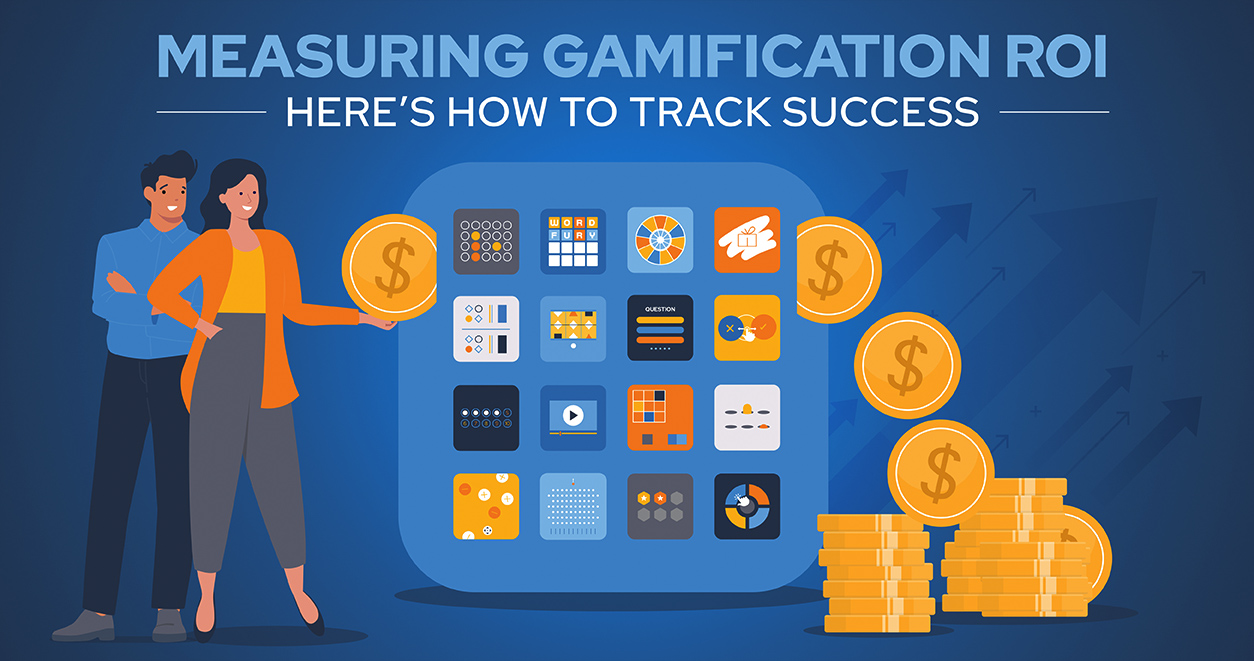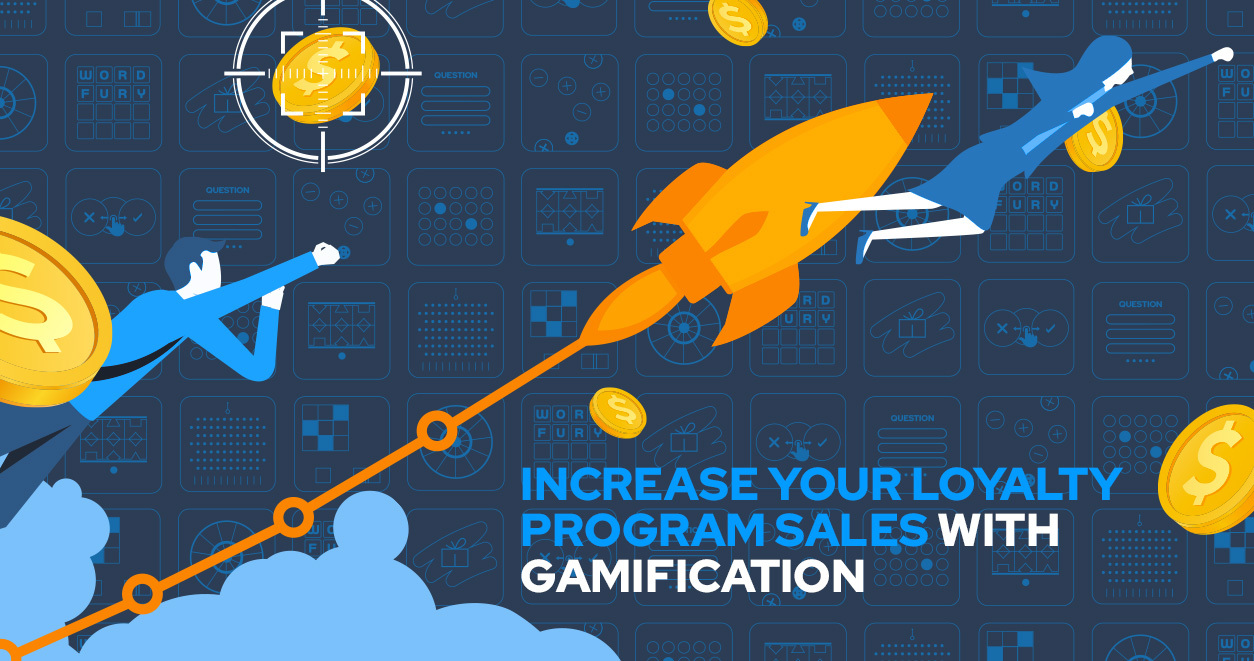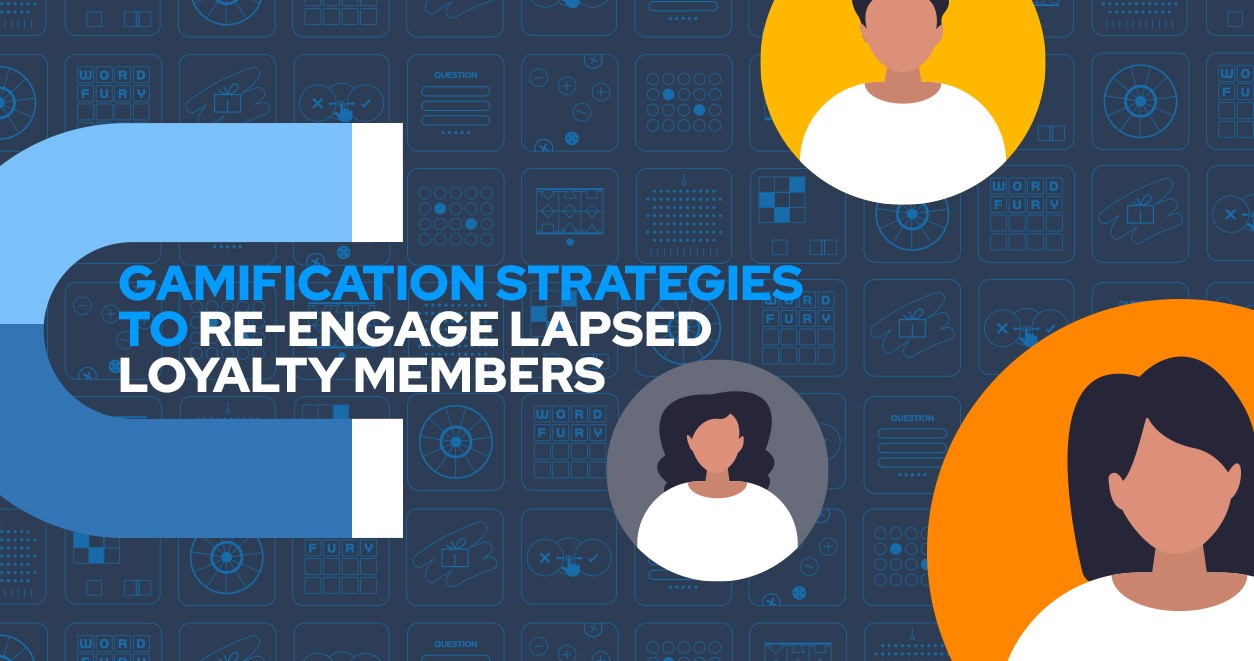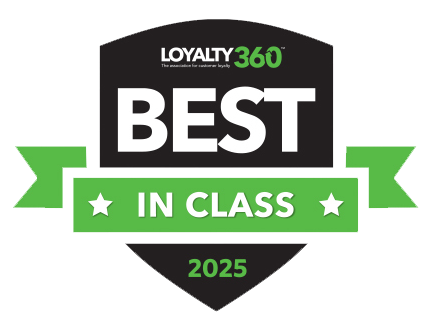Gamification is a great way to breathe new life into your brand. If you’ve hit a plateau, need to drive new or specific behaviors, or want to introduce a new product or service, gamification is a proven strategy to turn to. However, understanding how to calculate ROI on gamification strategies can be hard if you are unfamiliar with what gamification can do and how it can help your business. Luckily, you’ll learn all that below.
What Does ROI Mean in Gamification?
Gamification can be used for anything targeting people’s behaviors to drive your desired outcome. It turns mundane tasks into fun through entertaining competition or prizes. Getting the highest ROI when using a gamification strategy depends on your end goal, since gamification can offer monetary and non-monetary ROI:
Monetary
- Boost sales & revenue
- Increase brand loyalty — directly improving sales
- Elevate customer satisfaction — leading to more repeat sales
- Reduce customer churn — reducing the need and cost of new acquisitions
- CRM growth/acquisition
- Reduce loyalty program point liability
Non-Monetary
- Increase engagement
- Build brand awareness
- Enhance work culture
- Increase feature adoption
- Gather more customer information
- Acquisition of zero and first-party data
If you want to use gamification for more brand engagement, the ROI would focus on engagement, not money. While increasing revenue is the ultimate goal, it may not be seen immediately when done through increasing engagement. Instead, the increased engagement will boost brand loyalty, which translates into consistent purchases over time.
Of course, gamification can be used for other reasons. Let’s say you want to improve your employees’ sales skills through gamification. The ROI would be skill improvement and engagement within the sales plan. Increased sales may take time to scale because the improvement plan needs time to work.
Is Calculating Gamification ROI Different from Traditional ROI?
No, the mathematics of calculating ROI is the same whether it’s for gamification or any other investment. It’s your end goal that separates gamification from other marketing strategies.
Standard ROI Calculation
For example, if you invest $50,000 and it grows to $120,000, the ROI would be calculated as follows:
- Multiply by 100 to express as a percentage: 1.4 × 100 = 140%
- Subtract the initial investment from the final value: $120,000 − $50,000 = $70,000
- Divide the result by the initial investment: $70,000 / $50,000 = 1.4
Therefore, the ROI in this example is 140%.
Gamification ROI Example
Let's look at an example that takes gamification into account.
Suppose you spend $50,000 on your gamification campaign, which nets you 25,000 new email signups. Your average conversion rate for email subscribers is 3%, and each conversion is worth approximately $260.
- 750 conversions × $260 per conversion = $195,000 in total email conversion revenue
- 25,000 signups × 3% conversion rate = 750 conversions
When you plug the figures into the formula above:
- Multiply by 100 to express as a percentage: 2.9 × 100 = 290%
- Subtract the initial investment from the final value: $195,000 − $50,000 = $145,000
- Divide the result by the initial investment: $145,000 / $50,000 = 2.9
The ROI from your gamification campaign is 290%.
Steps to Measure Gamification ROI
Here’s how you can successfully measure gamification ROI no matter what you use it for.
Define Success KPIs
You first want to set KPIs, then figure out how gamification can help you reach them. Using effective KPIs as a measurement tool will make it easier to define whether a gamification strategy generates unique results when comparing the control and experiment groups.
Set KPIs Before Experiences
Once you choose your KPIs, decide how much of a difference you want to see over a specific period. For example, do you want to see 10% higher interaction with your app within a quarter? Do you want shorter wait times for customers by the end of the year?
Correlate KPIs with Gamification Activity Performance
There are many different gamification tools, such as badges, games, and sweepstakes. You want to ensure you choose the right tools based on your goals.
Talking to a gamification expert can help you determine what tools to use based on your goals.
Run Tests Before Implementation
You want to run a small trial to ensure your gamification strategy works. Choose a group of people from your audience to test your strategy. You can then gain their thoughts from interactions, surveys, feedback, and A/B testing.
Measure KPIs After the Experience
Once the trial has officially launched and run its course, measure the results against the KPIs you set. Did you meet your KPIs? Did you completely miss the mark?
Measuring and comparing the results will show whether the experience is worth further investment or if adjustments are needed.
How Do You Measure the Effectiveness of Gamification?
There are different ways to measure how effective your gamification investment is—depending on the goal.
Calculate the Return
The most obvious way is to calculate the ROI based on the results for the experimental group compared to the control group. All you need to do is divide the costs by the results, and you’ll get your return.
Non-Monetary Goals
As mentioned before, not all the KPIs need a direct monetary result. If that’s the case, you can compare the non-monetary goals before and after the experience. Did you get more customer engagement? Were there shorter sales calls?
Time Factor
Consider how long the investment will last. Engagement, for example, has a longer lifespan than purchase points because buying patterns are unpredictable. A customer may only make enough purchases for the prize and not make purchases for months after.
Engagement, however, keeps your brand at the forefront of your customers’ minds. This can create a variety of interaction opportunities, which can lead to profits.
Unlock Next-Gen Gamification with CataBoom!
You need a platform created by experts to ensure you get the most ROI out of your gamified experiences. Partner with CataBoom and gain years of experience working in different industries. Brands that trust us include T-Mobile, Southwest Airlines, Chipotle, Loblaws, Dell, Footlocker, and over 100 leading brands worldwide.
Our platform includes over 200 games across 17 different game categories, so it’s easy to find the perfect fit for your brand.
Contact us today to get started!








